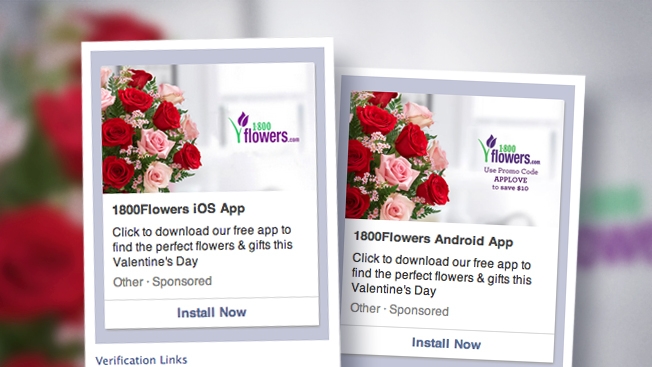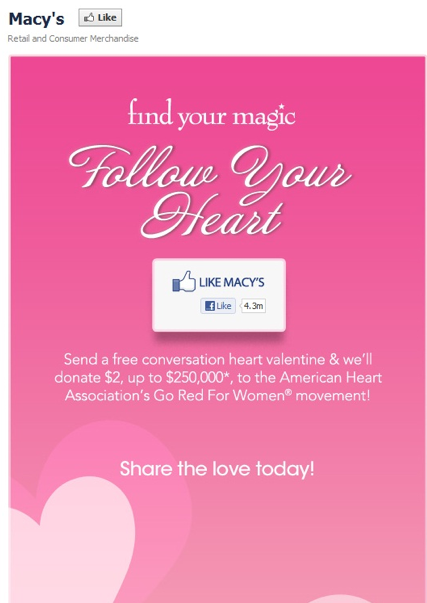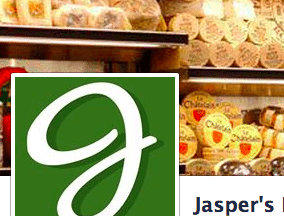Just because Christmas and New Years have passed does not mean the holidays are over.
Even though they pale in comparison to the Christmas season in terms of retail sales, holidays like Valentine’s Day, St. Patrick’s Day, Easter, or the Fourth of July are worth celebrating. One way to do that is through your Facebook page.
Here are six ideas that will make your page more festive.
1. Change Your Cover Image
Update your cover with a holiday-themed image. This may require the help of a graphic designer, but is worth the price in terms of putting a fresh face on your page that attracts attention. Do-it-yourselfers may want to take a look at sites like First Covers, Page Modo. and Smilebox, which enable you to make your own custom covers. First Covers offers a number of stock images that you can use, as well.
Here are three examples to stimulate your thinking.

Hallmark Valentine cover image.

St. Patrick’s Day cover image, from First Covers.

Easter cover image, from First Covers.
2. Create Holiday-inspired Posts
Create a series of posts that display your holiday merchandise, announce special promotions, share inspiring messages, or provide tips on ways to celebrate the day with family and friends. Quizzes and questions work well, too. Use a content calendar to plan your holiday posts in advance.

1-800-Flowers used this Valentine Day image to promote its iOS and Android apps.
News Feed is where most of the activity takes place within Facebook. Ensure your posts stand out by using bright, compelling images. For your ad to show best, Facebook recommends the use of images that are 600 x 315 pixels. Also, keep post copy short and include a clear call to action with a link to your website.
3. Run Holiday-themed Promotional Campaigns
Customizing Facebook campaigns around holidays will make your page more engaging, and can help drive traffic and increase sales. Run sweepstakes and contests, or offer special deals in the form of coupons and group discounts.
For example, in 2012 Macy’s ran a Valentine promotion that encouraged page Likes tied to a charity. The retailer donated one dollar to American Heart Association for each Like.

A Macy’s Valentine Day promotion included donations to the American Heart Association.
Consider posting discounts and holiday promotions exclusively for people who Like your page. Give them advance access to holiday sales, showcase new merchandise, or hold contests. Link promotions to your website to make it easier for customers to make a purchase.
Even though you may have run special promotions during the Christmas season, there is no reason not to tie campaigns to other holidays throughout the year.
Antavo, Offerpop, and Wishpond have easy-to-use campaign-creation tools for use on Facebook.
4. Promote Holiday Posts with Facebook Ads
Call attention to your posts by using Facebook ads in the form of Promoted Posts.
Facebook has improved its advertising engine to focus more on outcomes such as increased page Likes, engagement, website traffic and conversions. The process of creating ads is also much simpler than it used to be.
Facebook ads now appear in News Feed on desktop or mobile, which enables you to reach customers regardless of how they access the social network.
5. Target Audience Segments
Facebook has a feature called Custom Audiences, which allows you to reach current customers by using information that you already have, as well as Facebook’s standard targeting options. Another unique feature, Lookalike Audiences, let you reach new customers who are similar to your existing customer base.
You can also create ads that only appear to targeted audience segments, which gives you the ability to create more relevant messages that appeal to specific segments.
6. Measure and Optimize Holiday Content
Don’t forget to use Facebook’s analytics engine, Insights, to track which posts receive the most views and engagement, and from whom. Once you know the types of posts people view and engage with most often, you can tailor additional content that will have similar appeal.





